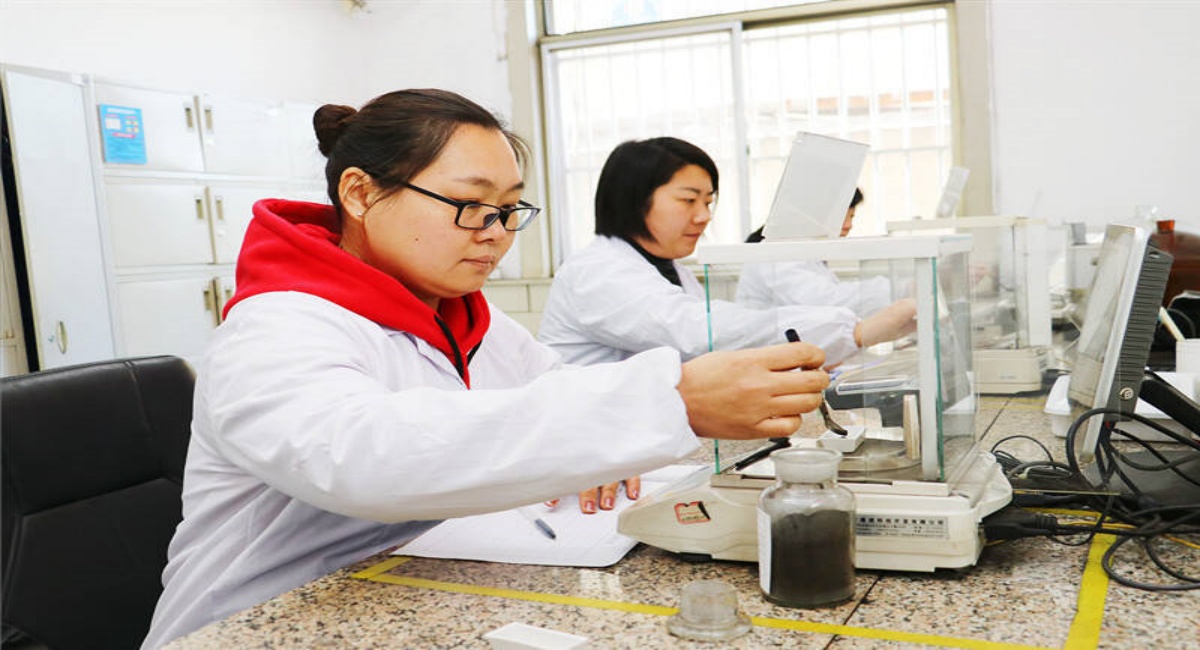
How does Tanlin Electrode Paste test for conformity?
I. Introduction
Electrode paste is an important material in many industrial applications, especially in the field of electro – metallurgy. Accurate testing of electrode paste is crucial to ensure its quality and performance in industrial processes.
II. Technical Steps
A. Sampling
1. Random Sampling
• Select electrode paste samples randomly from different batches or packages. Ensure that the samples are representative of the entire production lot. For example, if the electrode paste is packed in drums, take samples from at least 5 – 10% of the drums in the batch.
2. Composite Sampling
• After collecting individual samples, mix them thoroughly to form a composite sample. ( Four point mixed sampling method)This composite sample will be used for all subsequent tests.
B. Determination of Ash Content
1. Apparatus Preparation
• Weigh a clean and pre – dried crucible to an accuracy of 0.0001g.
2. Sample Weighing
• Take about 1 – 2g of the electrode paste sample and place it in the crucible. Record the exact weight of the sample.
3. Incineration Process
• Place the crucible with the sample in a muffle furnace. Gradually increase the temperature to 800 – 850°C. Keep the sample in the furnace for 2 – 3 hours until all organic matter is completely burned off.
4. Cooling and Weighing
• Remove the crucible from the furnace and let it cool in a desiccator to room temperature. Then weigh the crucible with the remaining ash. Calculate the ash content using the formula: Ash content (%)=(Weight of crucible with ash – Weight of empty crucible)/Weight of sample×100%.
C. Volatile Matter Determination
1. Sample Preparation
• Weigh approximately 1g of the electrode paste sample into a covered crucible.
2. Heating in Muffle Furnace
• Place the crucible in a pre – heated muffle furnace at 900 ± 10°C for 7 minutes.
3. Post – Heating Handling
• After heating, take out the crucible and let it cool in air for 5 – 6 minutes. Then transfer it to a desiccator and cool to room temperature. Weigh the crucible again. Calculate the volatile matter content using the formula: Volatile matter content (%)=(Weight of sample before heating – Weight of sample after heating)/Weight of sample×100%.
D. Fixed Carbon Determination
1. Calculation Method
• Since the sum of ash content, volatile matter content, and fixed carbon content is 100%, the fixed carbon content can be calculated as: Fixed carbon content (%) = 100% – Ash content% – Volatile matter%.
E. Density Determination
1. Mass Measurement
• Weigh the electrode paste sample accurately, say m grams.
2. Volume Measurement by Water Displacement
• Use a graduated cylinder filled with water. Immerse the electrode paste sample in the water carefully and measure the volume of water displaced, say V milliliters. Calculate the density using the formula: Density (ρ)=m/V (g/ml).
F. Resistivity Determination
1. Sample Shaping
• Mold the electrode paste sample into a cylindrical shape with a known cross – sectional area A and length L.
2. Electrical Measurement
• Apply a stable DC voltage V (for example, 10V) across the two ends of the sample. Measure the current I passing through the sample using an ammeter. Calculate the resistivity using the formula: Resistivity (ρ)=(V×A)/(I×L) (Ω·m).
III. Conclusions
A. Quality Assessment
1. Ash Content Significance
• A high ash content in the electrode paste may indicate the presence of excessive impurities. This can affect the conductivity and mechanical strength of the electrode during operation. For example, if the ash content exceeds the specified limit (say 6% in some applications), it may lead to a decrease in electrode performance.
2. Volatile Matter and Fixed Carbon
• The volatile matter content affects the initial baking process of the electrode. If it is too high, it may cause excessive gas evolution during baking, leading to cracks in the electrode. The fixed carbon content, on the other hand, is directly related to the energy – providing and conductive properties of the electrode paste. A proper balance between volatile matter and fixed carbon is crucial for the overall performance of the electrode.
3. Density and Resistivity
• The density of the electrode paste can influence its packing density in the electrode. An appropriate density ensures good contact between particles and contributes to the mechanical stability of the electrode. The resistivity is a key factor in determining the electrical performance of the electrode. A lower resistivity indicates better conductivity, which is desirable for efficient power transmission in the electrolytic process.
There are many ways for the company to detect electrode paste, and we will continue to analyze and explain them in the future
B. Overall Evaluation
1. Compliance with Standards
• By comparing the test results with the industry – specified standards, we can determine whether the electrode paste product meets the quality requirements. If all the test parameters fall within the acceptable range, the product can be considered of acceptable quality for use in relevant industrial applications.
